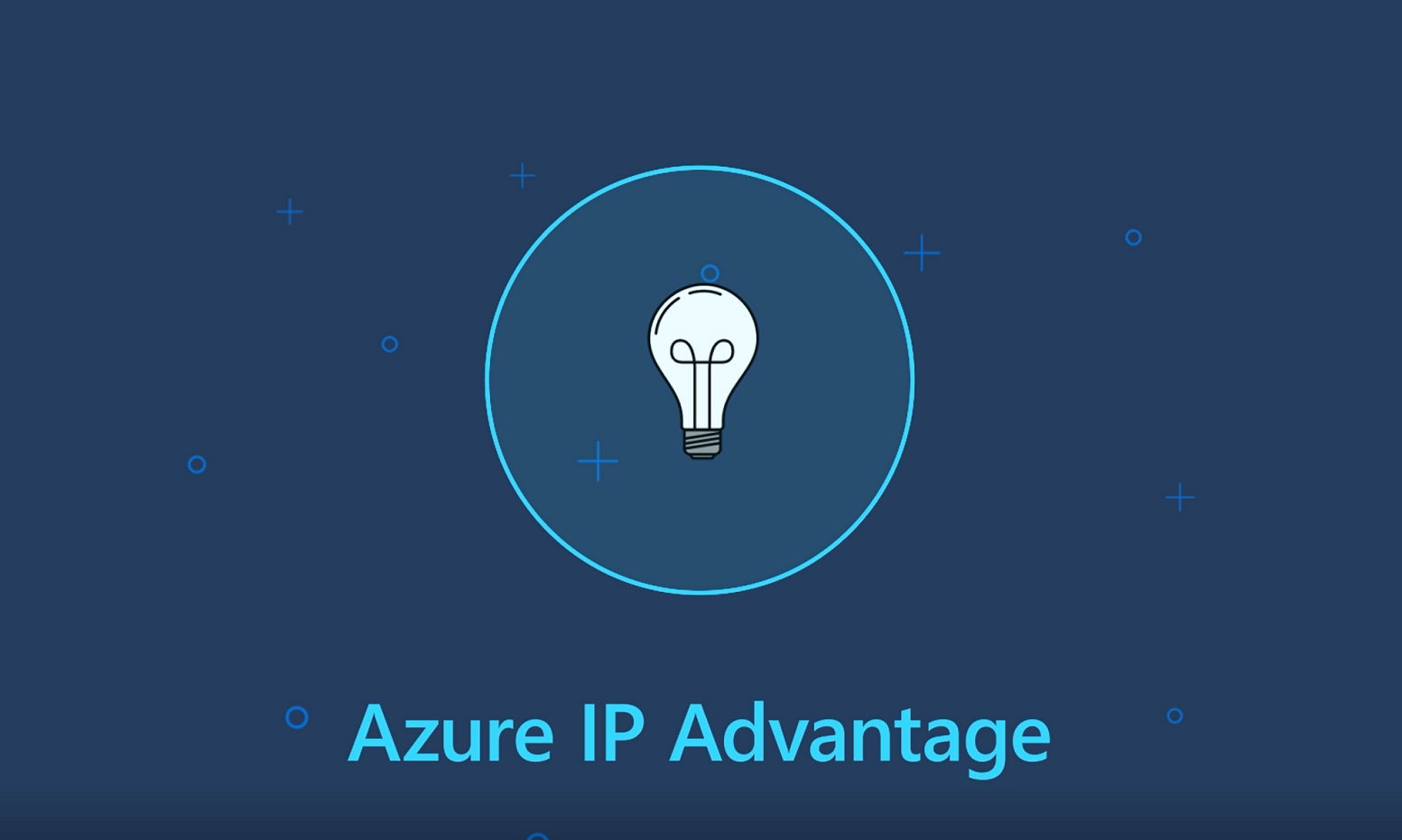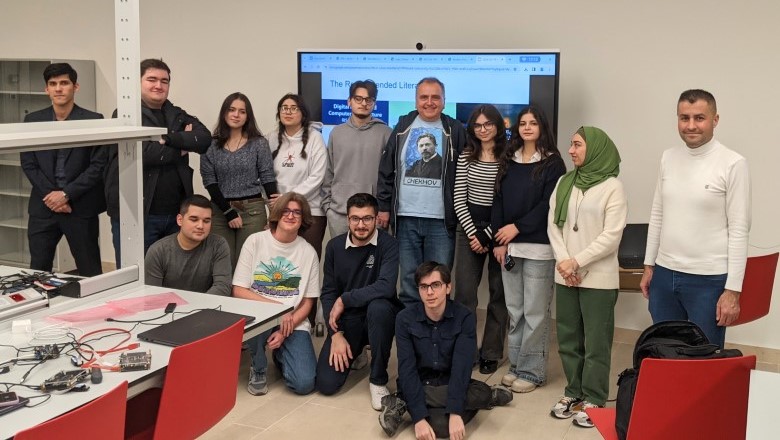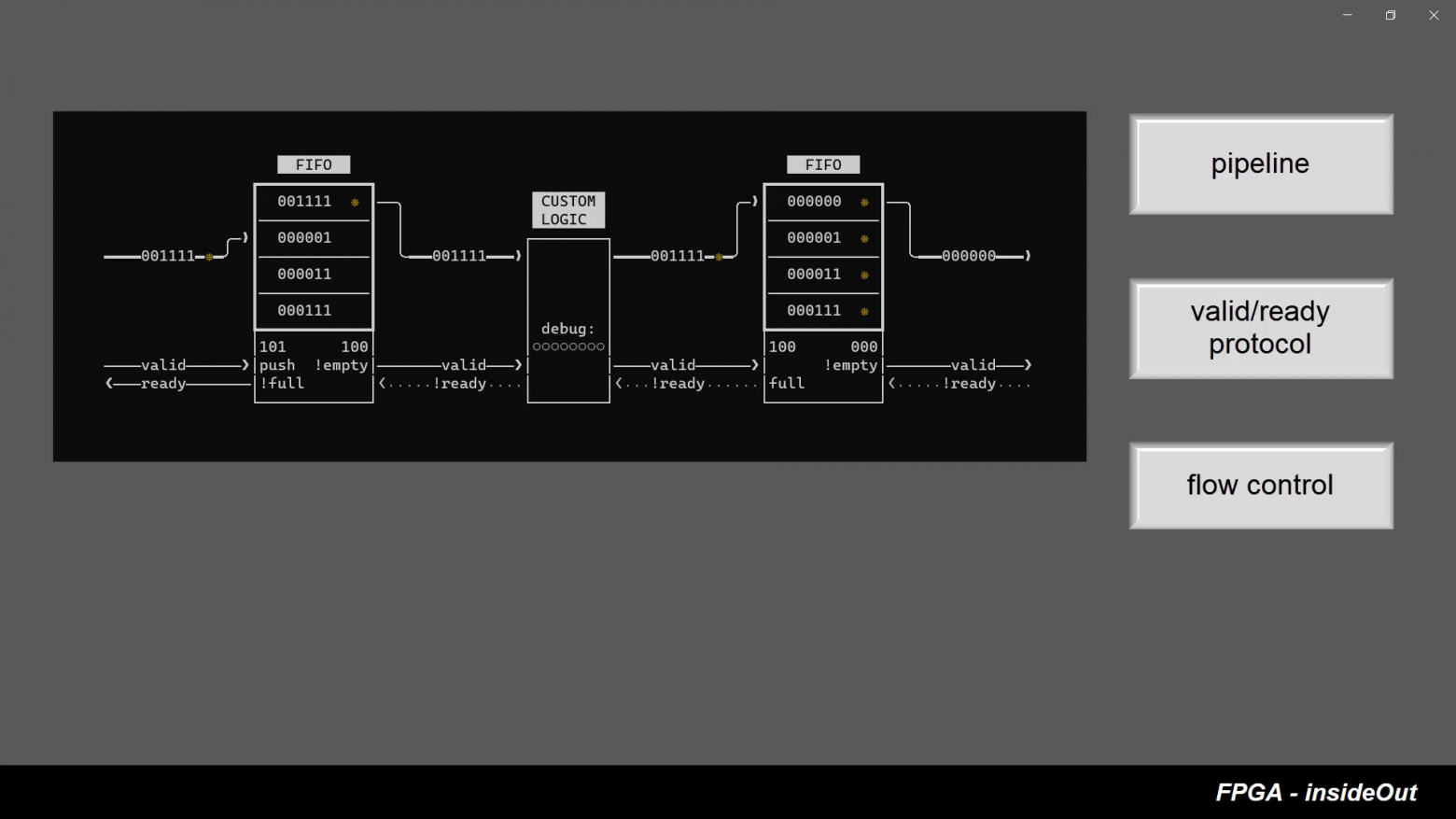Introducing GitHub Package Registry
Today, we’re excited to introduce GitHub Package Registry, a package management service that makes it easy to publish public or private packages next to your source code.
GitHub Package Registry is fully integrated with GitHub, so you can use the same search, browsing, and management tools to find and publish packages as you do for your repositories. You can also use the same user and team permissions to manage code and packages together. GitHub Package Registry provides fast, reliable downloads backed by GitHub’s global CDN. And it supports familiar package management tools: JavaScript (npm), Java (Maven), Ruby (RubyGems), .NET (NuGet), and Docker images, with more to come.
You can try GitHub Package Registry today in limited beta. It will always be free to use for open source—more pricing details will be announced soon.

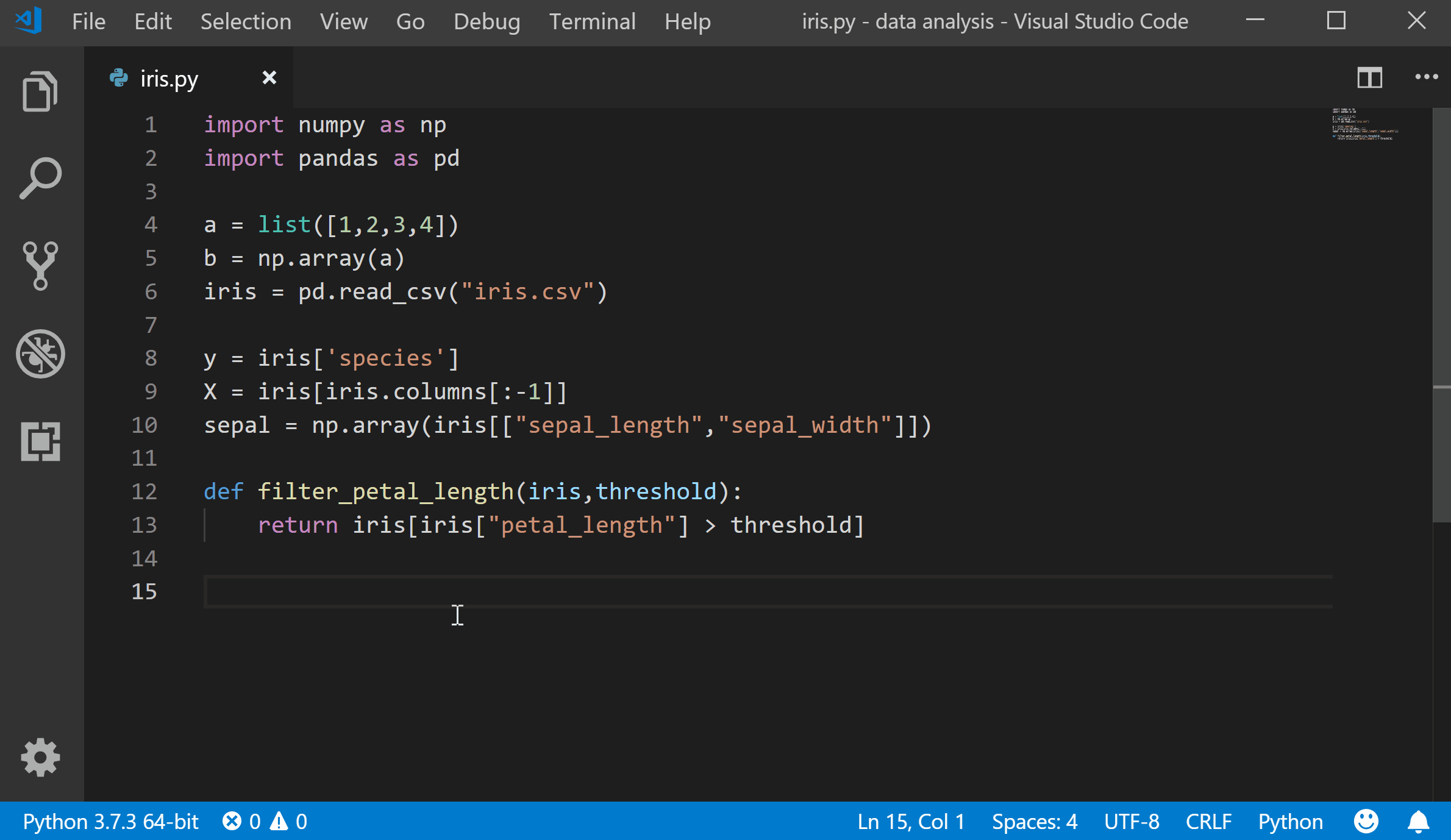
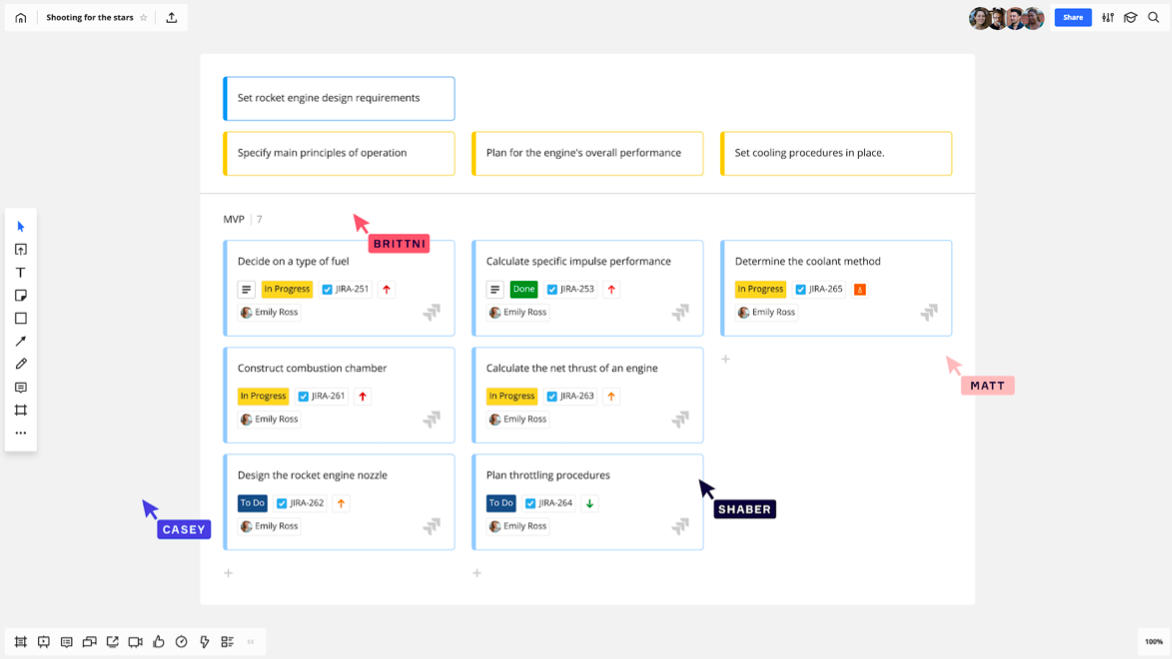
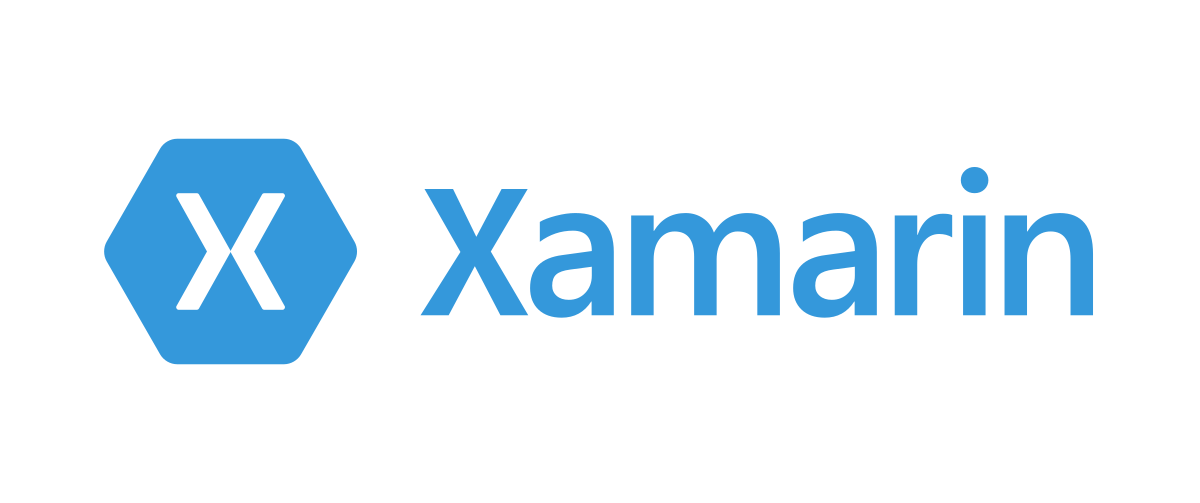

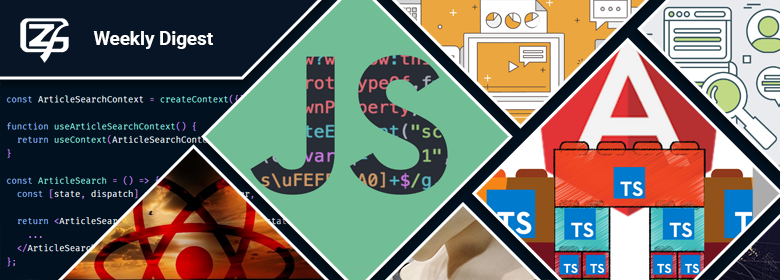
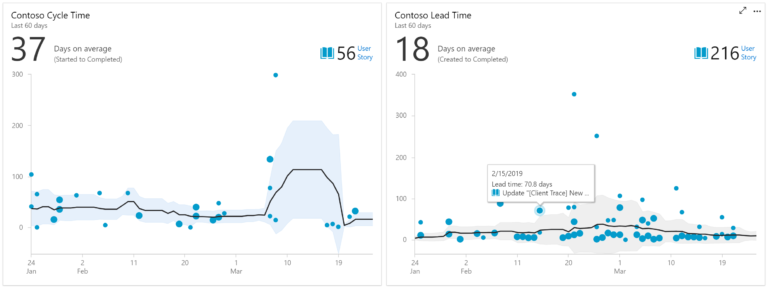
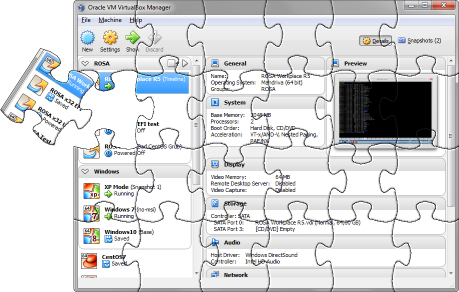
 Intro
Intro